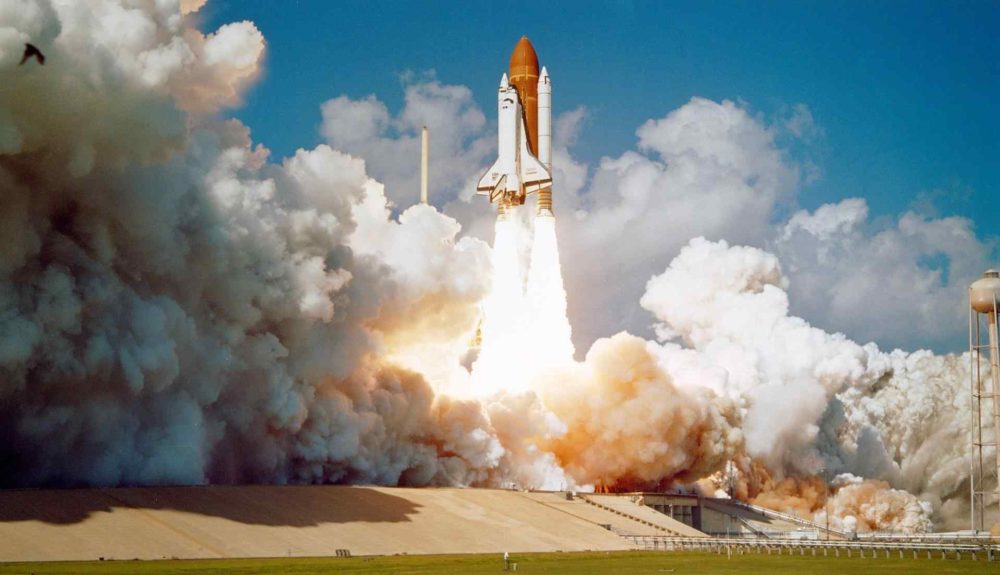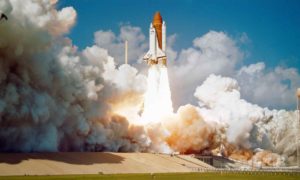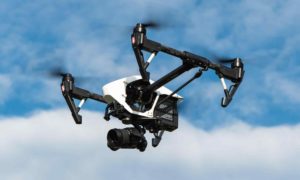Last year, NASA landed a probe on Mars, China launched a spacecraft to the far side of the moon, and commercial spaceflight firms like SpaceX and Virgin Galactic made important strides thereby paying passengers into space. The year 2018 was quite a busy one for spaceflight, but the coming year may seem to be even busier. The schedule includes a historic flyby of the most distant object ever visited. Here is a list of the most noteworthy space events scheduled for 2019 (all launch dates are subject to change),
2019 Spaceflight Events
JANUARY
1. NASA’s New Horizons spacecraft would conduct a flyby of Ultima Thule
New Horizon probe was designed to study the planet, Pluto. With the Pluto being declared as the dwarf planet in 2015, the craft continued speeding along into the Kuiper Belt. At a distance of about 4 billion miles from Earth, New Horizons nicknamed as the Ultima Thule will again be reopened on Jan. 1 and this will be the most distant object ever visited by a spacecraft.
Related: Why is the Sun’s corona so hot?
2. China will make first landing on the far side of the moon
China launched its robotic Chang’s 4 spacecraft on the world’s first mission to the far side of the moon on Dec,7. This robotic lander is expected to touch down as early as Jan. 1 within the South Pole-Aitken basin, one of the moon’s largest and oldest impact craters. The Chang’e 4 mission is a prelude successor of robotic mission, Chang’e 5, which is designed to return lunar samples to Earth.
3. SpaceX to perform a first test flight of new crew capsule
SpaceX is developing its Crew Dragon capsule for replacing the NASA’s space shuttles, which were retired in 2011. The new craft is designed to ferry up to seven astronauts to and from the International Space Station, ending NASA’s reliance on Russia’s Soyuz capsules. During its first test on Jan. 17, the capsule will launch a SpaceX Falcon 9 rocket from Cape Canaveral, Florida, dock with the space station and then return to Earth, splashing down in the Atlantic Ocean.
Related: NASA’s New Horizons Reaches Most Distant Target in History
4. Israel to launch its first lunar spacecraft
In the first quarter of 2019, a Tel Aviv-based non-profit called SpaceIL will launch a 1,322-pound lunar lander on a SpaceX Falcon 9 rocket from Cape Canaveral, Florida. After a successful two-month journey, the lander is expected to touch down on the moon on Feb. 13. With this mission, Israel is to become the fourth nation to land a craft on the moon, after the U.S., Russia and China.
5. India launches its second mission to the moon
On Jan. 31, Indian Space Agency will launch its second lunar mission i.e. Chandrayaan-2. This robotic orbiter, the lender will touch down at the lunar south pole, and it will study the moon’s mineral content and its topography. India launched its first lunar mission, Chandrayaan-1, in October and that mission found evidence of water ice on the moon’s surface.
Related: 10 Space Shuttle Disasters In History
FEBRUARY
1. British’s OneWeb startup to launched the first set of satellites for all-Earth internet
In February, a London-based startup called OneWeb will launch the first 10 satellites i.e. a fleet of 600 telecommunications satellites. These are designed to provide high-speed internet service to every part of the world. The satellites will launch aboard an Ariane space Soyuz rocket from the Guiana Space Centre in French Guiana. On Feb. 28, a Russian Soyuz rocket will lift off from the Baikonur Cosmodrome in Kazakhstan, carrying NASA astronauts Nick Hague and Christina Koch and Russian cosmonaut Alexey Ovchinin to the ISS. The crew will then join the three spaceflyers who are already aboard the station.
Related: 10 Amazing Astronomical Events
MARCH
1. Boeing to conduct a first test flight of its CST-100 Starliner capsule
Boeing is developing a space capsule with the objective of replacing NASA’s retired space shuttle fleet. In March 2019, Boeing’s CST-100 Starliner will take a maiden flight aboard an Atlas V rocket from Cape Canaveral, Florida. The uncrewed capsule would dock with the space station and will splash back to the Earth. Boeing could also conduct crewed test flights of the Starliner in August, if this test is successful.
2. SpaceX’s Falcon Heavy rocket to return to space
SpaceX’s Falcon Heavy rocket has successfully completed its maiden launch on Feb. 6, 2018, lifting off from Kennedy Space Center in Cape Canaveral, Florida, and launching a Tesla Roadster into space. Now, on its second flight, planned in 2019, this huge rocket will carry 25 individual payloads for the U.S. military and NASA, and will also include a weather satellites and a space radiation experiment. It is interesting to know that the Falcon Heavy can lift a heavier payload than any American rocket since NASA’s Saturn V booster, which carried Apollo astronauts to the moon in the 1960s and ’70s.
Related: 15 Amazing Facts About Earth Probably You Don’t Know
JUNE
1. SpaceX to launch its first crewed test flight of its Crew Dragon capsule
NASA astronauts Doug Hurley and Bob Behnken will fly Crew Dragon capsule to the space station, if the uncrewed test flight of SpaceX’s Crew Dragon is successful. Also, the craft will return to space with two spaceflyers aboard. NASA astronaut Anne McClain, Canadian astronaut David Saint-Jacques and Russian cosmonaut Oleg Kononenko will return to Earth in their Soyuz capsule, landing in Kazakhstan in June, 2019.
Related: 15 Bizarre and Insane Facts About Moon You Will Find Hard to Believe
JULY
1. China to conduct first test of next-generation crewed spacecraft
China is expected to test the successor to its crewed Shenzhou spacecraft in mid-2019. For its first test flight, China will launch aboard a Long March 5B rocket without a crew. Currently, China uses its Shenzhou spacecraft for trips to and from low-Earth orbit. Also, On July 20, it will be 50 years since astronaut Neil Armstrong became the first human to step foot on the moon. When Neil Armstrong climbed down the ladder of his lunar module and stepped onto the surface of the moon in 1969, he uttered the line that became famous: “That’s one small step for a man, one giant leap for mankind.”
Armstrong and his crewmate Buzz Aldrin explored the moon’s surface for almost three hours before stepping back into their lunar module and coming back home. Also, NASA has planned a series of events to be commemorated at this 50th anniversary.
Related: 15 Interesting Space Facts That Probably You Don’t Know
DECEMBER
1. China to launch sample-return mission to the moon
After its Chang’e 4 mission to the lunar far side, China will attempt an even more ambitious lunar mission towards the end of the year. Chang’e 5 will encompass a lander which is designed to collect samples of lunar rocks and soil and return them to Earth. If successful, it would be the first time that materials from the moon will have been brought back to Earth since 1976.
These are the 2019 spaceflight events you don’t want to miss in 2019. Do post your comments.
Source: NBC News

















